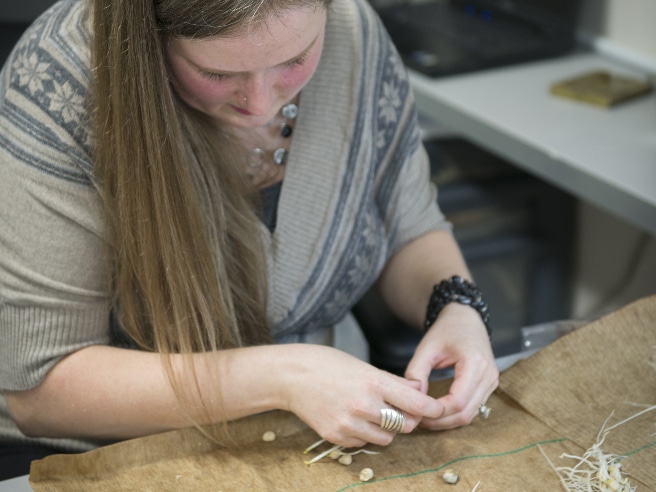
Seed Check Senior Seed Analyst
It’s germination test season and getting one of these tests might seem simple. You pay a small amount of money for a lab to germinate some of your seeds. But it’s important for both the lab and customer to know that trying to be too efficient with the cost of doing a germination test can be detrimental.
The object of germination testing is to determine the maximum germination potential of the seed. Testing under field conditions cannot normally be repeatable. Laboratory methods have evolved in which controlled conditions are used to give rapid and complete germination for the majority of samples of a particular species.
Two-hundred seeds are used in the test. The seed analyst plants pure seed under prescribed conditions for the species being tested. The seeds are incubated for a certain period of time. Then the seed analyst evaluates the test.
Sounds simple, right? What could go wrong?
Potentially a lot, if the test isn’t done right.
This year in particular, I am seeing germination tests take up to two weeks to complete from start to finish. Dormancy is a factor in this, in addition to frost damage after last year’s tough harvest.
There’s a lot of diseased seed out there, and what concerns me this year is the possibility of secondary infection that can occur during a germination test if the test isn’t done adequately.
If seeds are placed too close together during a test, secondary infection can occur. A mould will appear that might make one think a specific set of seeds is responsible, when in fact that towel or sheet of paper was infected by another batch of seeds located in very close proximity.
It’s common practice in the seed testing industry to plant 100 seeds on a 6 x 6-inch piece of testing paper with two replicates being used, making up the total of 200 seeds used in an average test.
It’s our practice to plant 50 seeds in a 10 x 12-inch area and do four replicates. Still 200 seeds, but we spread them out twice as far, making them easy to evaluate and ensuring secondary infection doesn’t become a factor. It also allows us to extend tests to get a better evaluation as to which seedlings are normal. This results in a far more accurate test.
It’s a good idea to ask your seed lab of choice how far they spread their seeds out when doing a germination test. Even for a “simple” test like this, taking extra time and care to do it makes all the difference.











